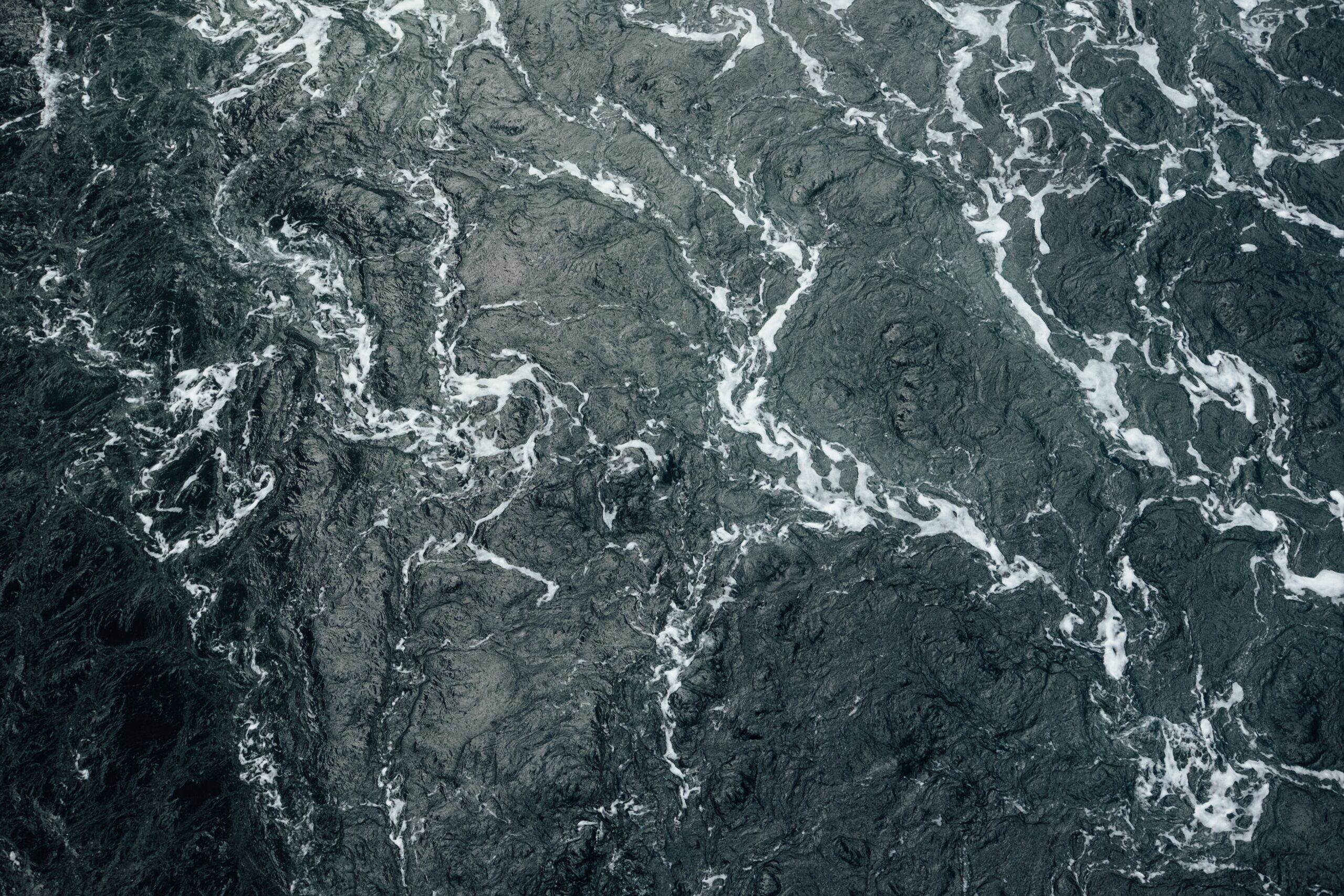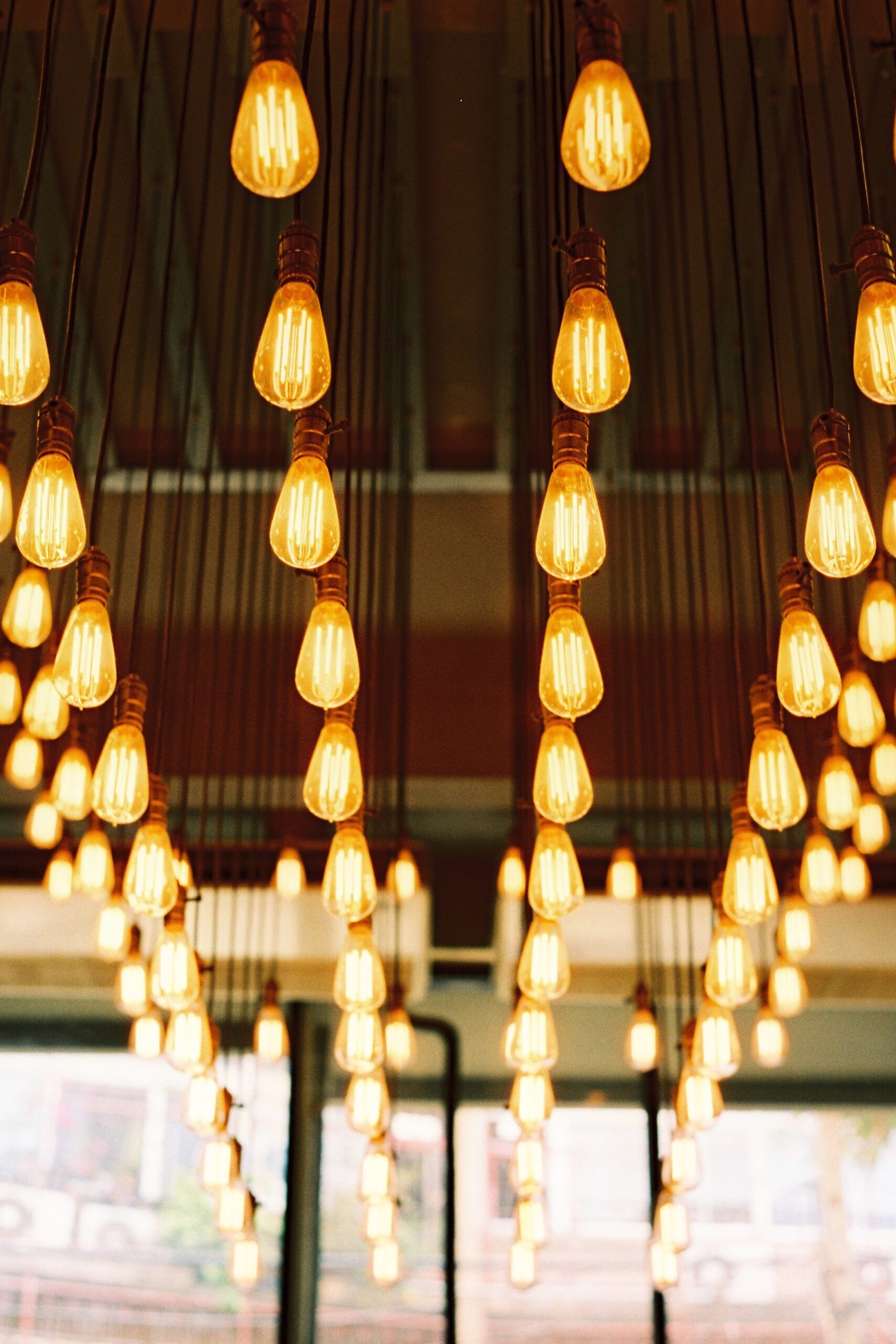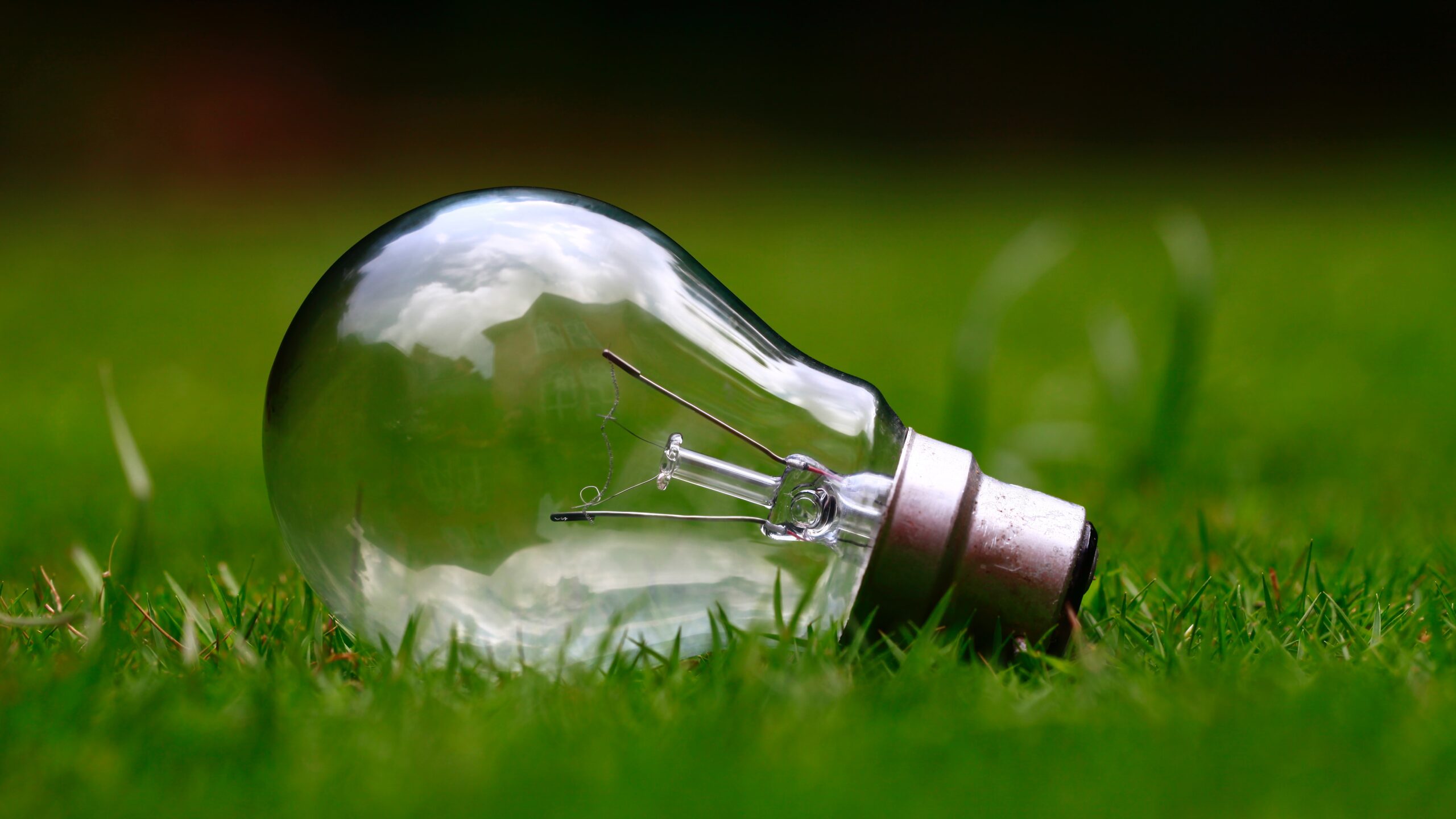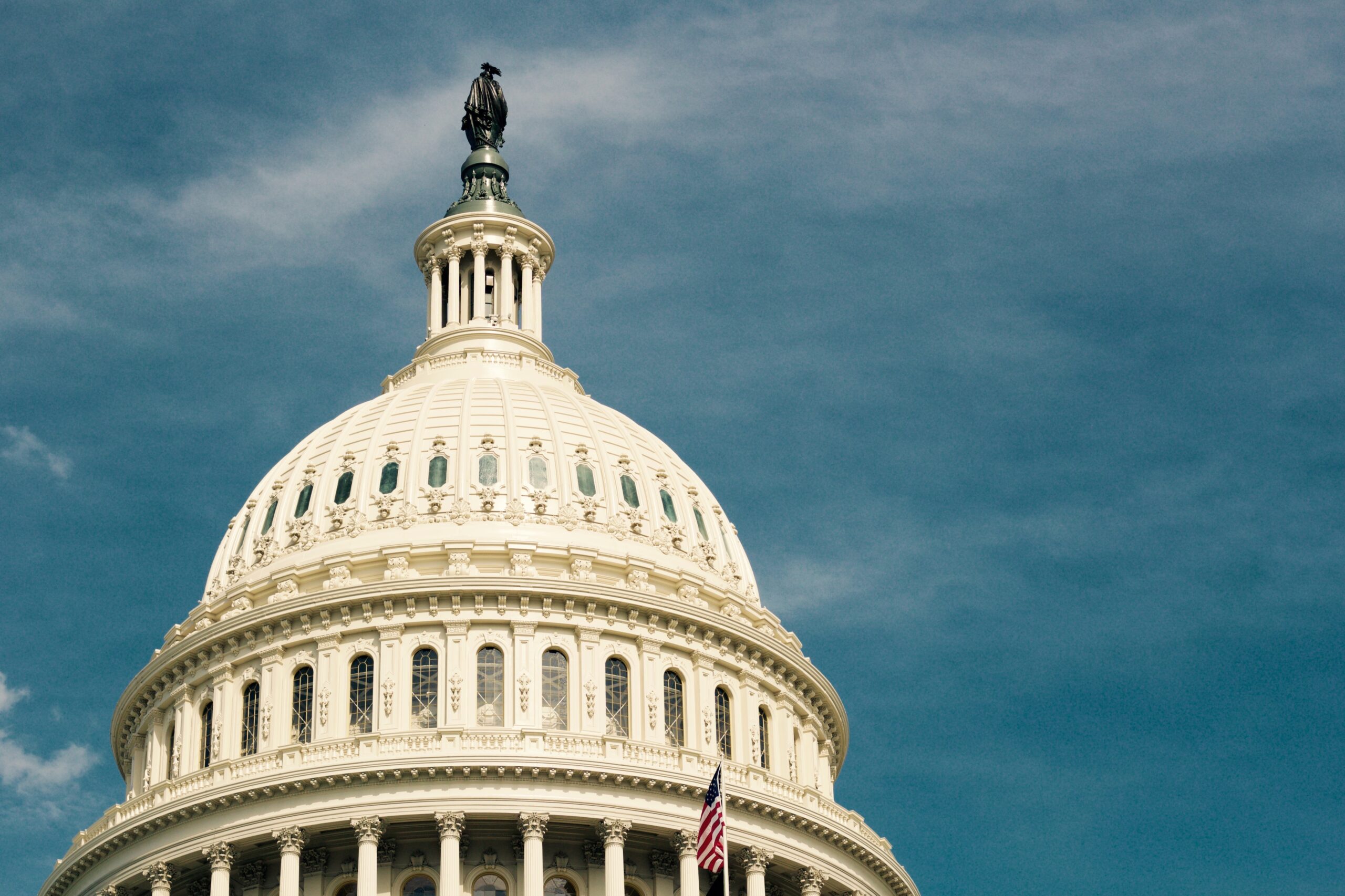Microhydro Finance
Installing a micro hydropower system can be a significant financial investment and very much depends on site specific factors. Before getting started, get to know the types of costs that you can expect over the course of the project, as well as the economic benefits that will come from a successful and well-maintained installation.
Landowners with dams face two alternatives with regard to the future of their dam and in comparison to the status quo: (1) micro hydropower installation and (2) dam removal. A primary cost of the status quo is the liability associated with potential dam failure as well as ongoing maintenance to prevent the dam from eroding. This section of the website provides an overview of costs and benefits, and includes a detailed financial spreadsheet model that you can tailor to your needs. It also presents how micro hydropower owners can sell their electricity using a power purchase agreement (PPA) or by setting up a community distributed generation (CDG).
Financing Micro Hydroppower
The cost of installing and owning a micro hydropower system can be significant. Once a system is running, it does come with economic benefits of reducing one’s electric bill, receiving Renewable Energy Credits and potentially a revenue stream from electricity sales. As the system owner, you create energy that can be used to power your own home, or be sold back to the grid. There are a variety of ways to pay for the costs of installing a micro hydro system.
Owner Financing
The owner of a site can pay for the installation and maintenance of a micro hydropower project personally, perhaps via a bank loan, without seeking external investors. When possible, this is the simplest form of project financing. More on this topic in Ownership Model section below
External Financing
The owner of a site can seek external funding to offset the out-of-pocket cost. There are a variety of financing options available to support the development of renewable energy projects. While these financing models for small-scale projects are common in solar and energy efficiency, be aware that micro hydro “pioneers” will face some additional challenges modifying these financial approaches to micro hydropower installations.
Costs
for installing a micro hydropower system.
Initial Costs
There will be costs associated with each step along the way to implementing a micro hydropower system: from determining whether your site is suitable for a turbine and all the requirements for permitting, to purchasing and installing the system itself.
Ongoing Costs
There are maintenance costs associated with a micro hydropower system. Ensuring the system is running safely and efficiently requires regular maintenance: from cleaning the trash rack to replacing bearings and other mechanical equipment.
Financing Considerations
Feasibility
Land owners first have to determine whether micro hydropower is possible at their site: what type of technology will be utilized, how much power can be produced, and how will the system tie into the grid (if at all)? If a dam is part of the project, the condition of the dam may impact the feasibility.
Permits
Permitting is required as part of the regulatory requirements for installing a micro hydropower system. Permitting is likely to include an ecological assessment, as well as engagement with upstream and downstream neighbors and other stakeholders. For projects that are modifying an existing dam, there will be additional permitting requirements including local, state and potentially federal agencies.
Systems
Most of the cost of the hydropower system lie in the the purchase of the system itself, with maintenance costs being relatively low. Installations on dams will also require regular dam maintenance to ensure its safety. If no micro power system is installed, landowners are still likely to face the costs of dam maintenance.
Financing Options
After considering all environmental factors related to our project site, its dam and the microhydro installation, we would like to focus on the presentation of the options for dam owners or hydro-site owners to sell their hydropower and to create a revenue stream from their hydroelectric generation. These revenue streams can be categorized into three different financial models: Ownership, Power Purchase Agreement (PPA), and Community Distributed Generation (CDG). Depending on who uses the electricity, who operates the site, who markets the electricity, and how the electricity is marketed as well as other site-specifics, a hydro-site owner can or cannot use one or another.
Saw Kill Project finances
The Saw Kill Project is funded by NYSERDA’s Energy to Lead Competition 2016. The competition is part of the REV Campus Challenge and awarded grants to three campuses to pursue renewable energy projects.

Finance Posts
Articles related to the financial impact of microhydro power.




